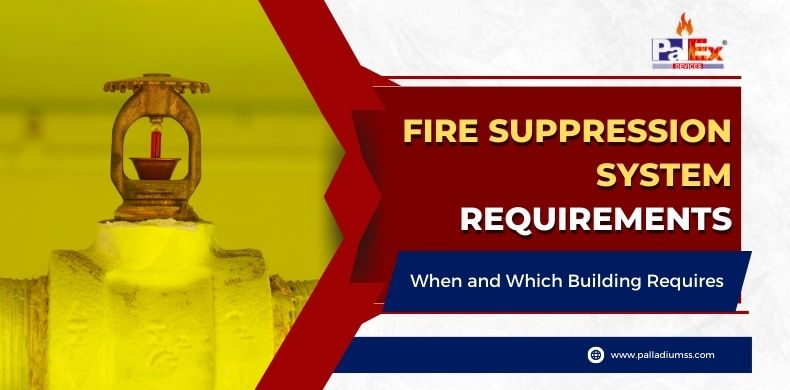While the Roman fire suppression system was effective in its time, it would not be adequate by today’s standards. In most modern buildings, a more sophisticated fire suppression system is required. These systems are designed to automatically detect and extinguish fires, and they are typically required by law in most jurisdictions.
Types of Fire Suppression Systems
There are two main fire suppression systems: sprinkler and gas suppression systems. Sprinkler systems are the most common type of fire suppression system. They work by automatically detecting a fire and activating a system of sprinklers that spray water onto the flames.- Dry Chemical Suppression System: The primary substances employed in dry chemical suppression systems and suitable for locations with active electrical equipment are mono ammonium phosphate, potassium bicarbonate, and sodium bicarbonate.
- Gas Suppression Systems: They work by releasing fire-extinguishing gas into the room where the fire is taking place. This gas suffocates the fire by depriving it of oxygen.
Which Building Requires Fire Suppression System
As mentioned before, in most jurisdictions, a fire suppression system is required by law in most buildings. This is because fire suppression systems save lives. By automatically detecting and extinguishing fires, they prevent the spread of fire and smoke, which can quickly fill a space and make it difficult to breathe. This is especially important in high-rise buildings, where the risk of a fire spreading is greater.
There are a few exceptions to this rule, however. For example, some small warehouses and storage units may not require a fire suppression system. This is because these spaces are typically not occupied by people, so there is no need to worry about the spread of smoke or fire.The list of buildings where Fire Suppression System is Required are:
- The food industry, like restaurants
- Microenvironments
- Oversized or Commercial vehicles
- Hazardous material storage units
- Body shop & Spray paint sectors
- Data Center or Server room
When is Fire Suppression System Required
In most cases, a fire suppression system is required when a building is first built. However, there are some situations where a fire suppression system may be required after a building is built. For example, if a building is being renovated or if the occupancy of the building changes, a fire suppression system may need to be installed.Also read :Fire Sprinkler System



